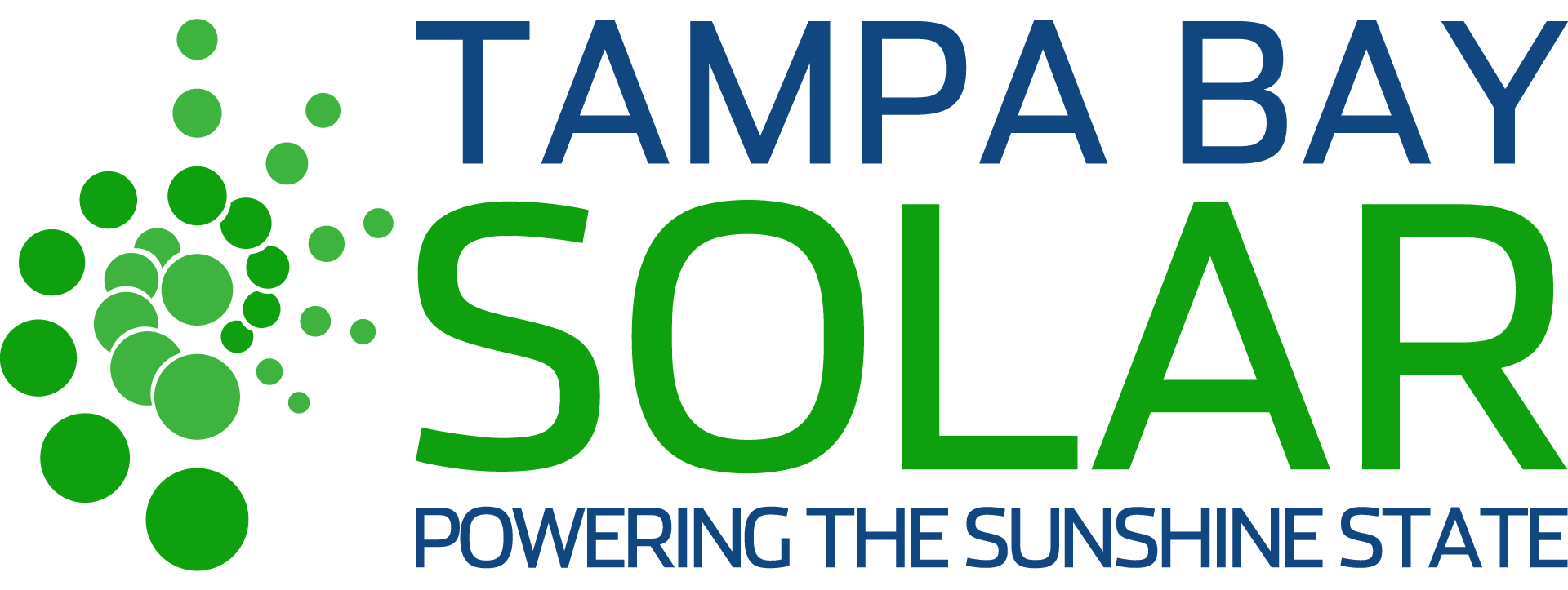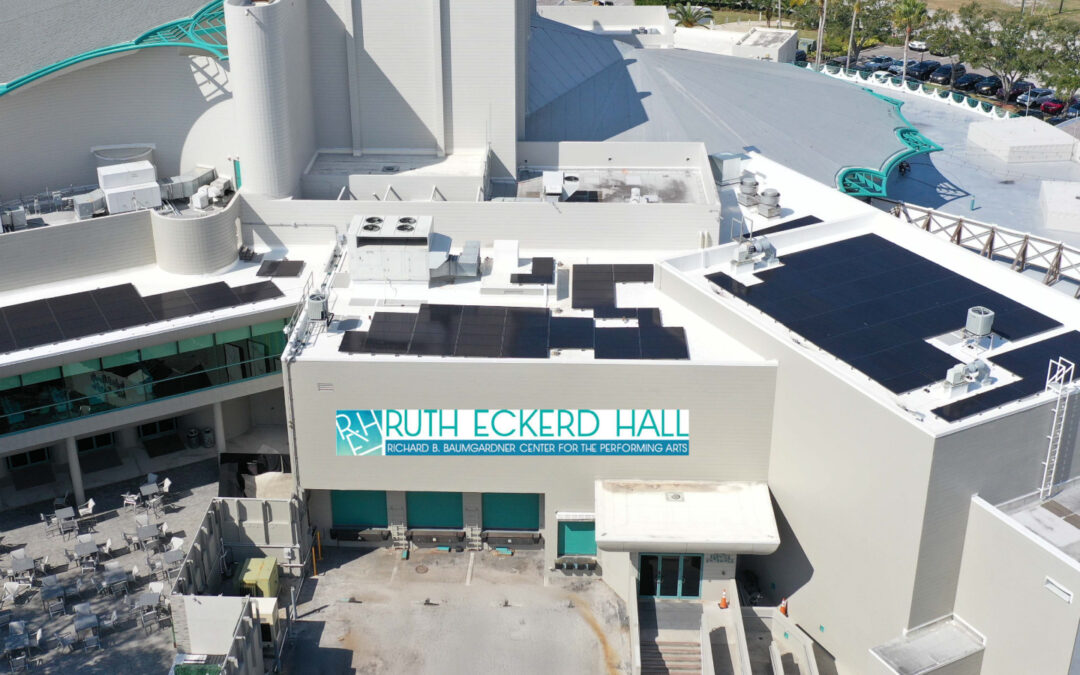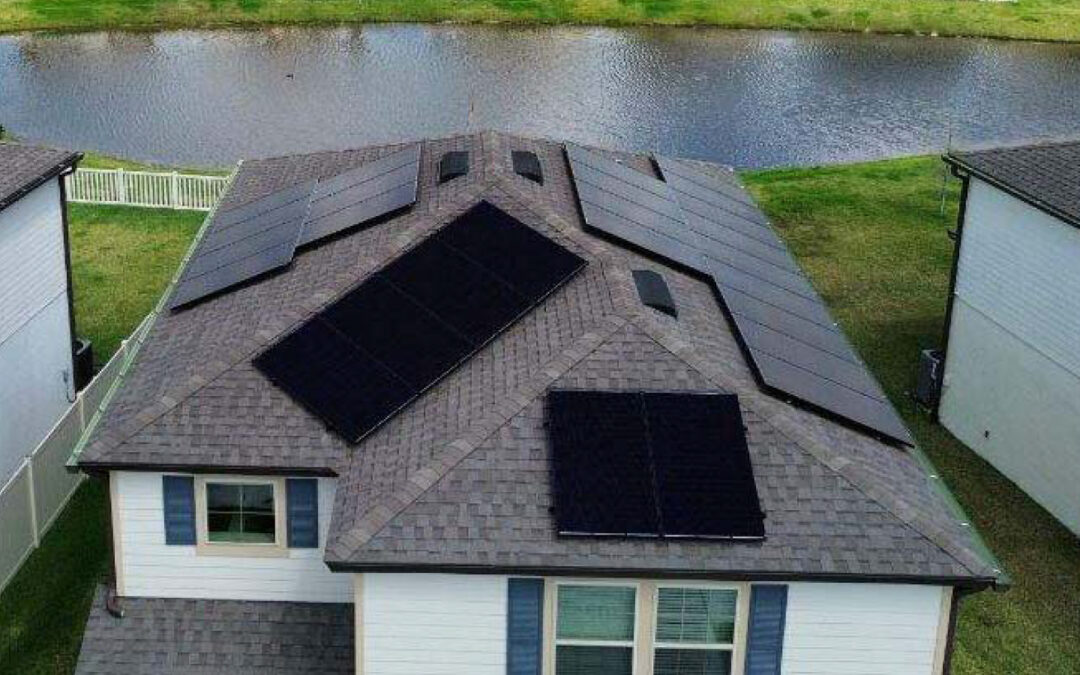With 2021 taxes fresh on the mind, it’s time to start thinking about the best ways to reduce your tax liability so you don’t have to face the same high tax bill next year.
Thanks to the Federal Solar Tax Credit, one major way homeowners can cut their tax costs is by investing in a solar energy system.
What is the Federal Solar Tax Credit?
Unlike deductions, which reduce how much of your income is subject to taxes, the federal solar tax credit directly reduces the amount of taxes you owe. It currently allows homeowners to deduct 26% of the cost to install their solar energy system in 2022 from their federal taxes, but the credit falls to 22% of the cost for systems installed in 2023, and it’s currently set to expire beginning in 2024 unless congress renews it.
What does that mean?
If you invested $20,000 in a solar energy system in 2022, you could reduce your federal tax bill by $5,200. If you wait until 2023 to pull the trigger on solar, that credit falls to $4,400, and if you wait any longer than that, the federal tax credit may not be available anymore.
There is no limit to the amount of money you can claim, and there is no income limit on the Investment Tax Credit (ITC). You simply need enough tax liability to claim your full credit, with any remaining credit rolling over to the next year if not.
How It Works
To qualify for the current federal solar tax credit of 26%, you must have your solar panel installation completed by December 31, 2022.
The federal solar tax credit is available for the original installation on both primary and secondary residences or an off-site community solar project (in some cases), and it can be applied to solar energy systems purchased either through cash or financing, as long as the systems are owned and not leased.
To claim your solar ITC, simply compile and add up your solar expenses, complete an IRS Form 5695, and attach it to your federal tax return. Instructions are available to help simplify the process.
What’s Included?
The tax credit can be applied to the full cost of your solar installation, including labor and materials.
Some common solar expenses you can include are:
- solar panels or photovoltaic cells
- freight shipping
- contractor costs such as prep, assembly, permits, inspection, and developer fees
- equipment such as scaffolding or a lift
- energy storage devices charged only by the solar panels
- wiring, mounting equipment, and inverters
- sales tax
Timeline
The federal solar tax credit, also known as the Investment Tax Credit (ITC) has been around for 15 years and counting, but it’s gradually been decreasing over time.
It was first established at the beginning of 2006 with the passing of the Energy Policy Act of 2005. It initially outlined a 30% investment tax credit in 2006, then fell to 26% in 2020 where it currently stands. In 2023, the federal solar tax credit will decrease to 22%, and after that, it’s set to expire.
Simply put, the sooner you act, the more benefit you’ll gain from your new solar system.
Investing Now To Save Later
Homeowners who act now can take advantage of the current federal solar tax credit and save big on their federal taxes.
Not only that, but they’ll also be locking in lower energy costs for years to come. Solar energy systems have an average lifespan of 25-30 YEARS, so homeowners who install them now will see significant savings on their electricity bills for decades to come.
With a better understanding of the federal tax credit for solar, ask yourself what’s holding you back.
If you’re ready to lock in the 26% credit and pay far less when the next tax season rolls around, request your free audit from Tampa Bay Solar and we’ll make the transition to solar energy an easy one.





